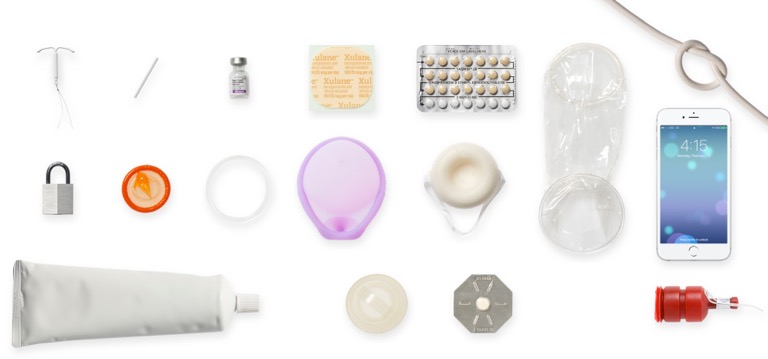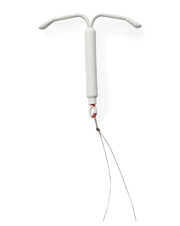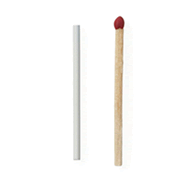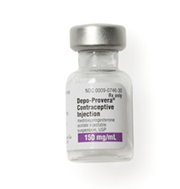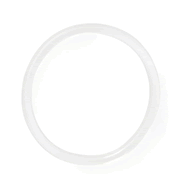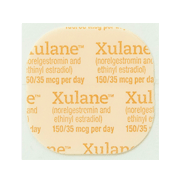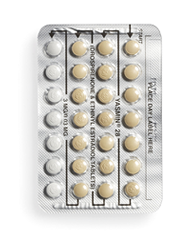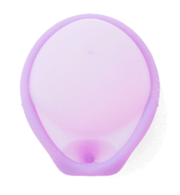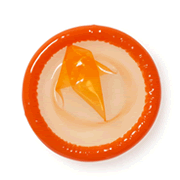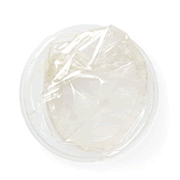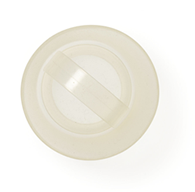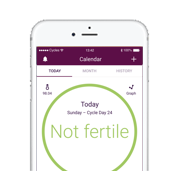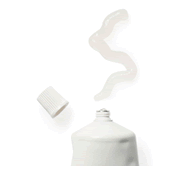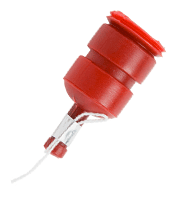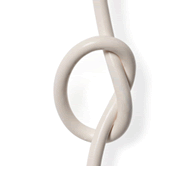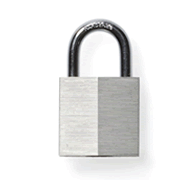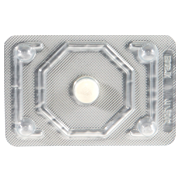I’ve Had My IUD for Three Years, and I Love It More Every Year

It was one of the best decisions I’ve ever made for my body.
My journey to the IUD was a rocky one. By the time I was 27, I had tried various brands of the birth control pill, which I started when I was 18, but I hadn’t ever found the right fit. From forgetting to take it, to leaving it at home during a weekend trip, to having side effects including a low sex drive and intense mood swings, I had major issues with that particular method.
My health care provider at the time hadn’t given me other options for birth control so I assumed that the pill must be the right option. I eventually switched gynecologists due to poor care and found a provider who actually walked me through my options for birth control (if feel your current provider isn’t meeting your needs in any way, the health care professionals at your nearest The Right Time health center want to help). When I found out I would have to discontinue the pill for a minor surgery later that year, I figured it would also be a good time for me to revisit my birth control options.
My new provider sat me down and asked me about my medical history, how the pill had made me feel, and what I was looking for in a birth control method. She told me about the patch, the ring, the implant, and finally, the hormonal IUD (intrauterine device). I had heard about the IUD before and was definitely curious as to whether it could be an option for me.
My provider explained the potential benefits of the IUD—it lasts up to seven years (it’s FDA approved for up to five but there is good evidence that it’s effective for up to seven), it could lighten my period (indeed, it’s basically non-existent at the moment), and because the hormones in it are released into the uterus, there’s a lower level that ends up in your blood stream than with the birth control pill. Admittedly, I was initially afraid of having something inserted into my uterus but learning about how safe it is and the five years of protection that it provides made that part feel worth it.
I chose to go with the Mirena IUD. I made an appointment to go back to have it inserted. The day finally came. Before my provider placed the IUD, she told me what sensations I should expect while the procedure took place. It was uncomfortable and a little painful, but that initial pain lasted all of five to ten minutes. Then on the way home from the procedure, I felt extreme discomfort. I went home and used a heating pad to ease some of the pain I was feeling. It felt a lot like the pain from a really bad period. I took ibuprofen as needed and by the next day I was back at work.
After that, I felt pain only occasionally. I felt intermittent cramping throughout the day for a few months after the insertion, but eventually that subsided. Three years have passed since my IUD was inserted, and I have never been happier. I love that I don’t have to worry about a period and can save money on expensive tampons and pads. I feel much more protected now too because I don’t have to rely on my memory for my method to be effective. I still use condoms because the IUD does not protect against STIs, but knowing the IUD is super effective at preventing pregnancy (more than 99% effective) gives me much needed peace of mind.
Aside from a few random days of cramping here and there, I barely notice my IUD. It’s hands-free birth control! It was one of the best decisions I’ve ever made for my body, and I’m glad that my provider shared it with me as an option
Updated October 2019
Related Content

Article
Birth Control & Your Period: What to ExpectBirth control often changes your period, and that’s normal and safe.

Article
Handling the “When Are You Having Kids?” Question Around the HolidaysRemember: your timeline is yours.

Article
What Should I Do After I Get Diagnosed with an STI?Getting an STI doesn’t change who you are.

Article
How Can I Take Care of My Breast Health?Keeping up with routine preventative health visits can help catch any changes early.


